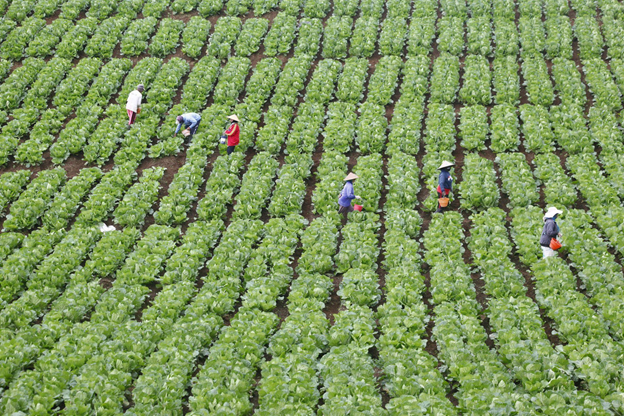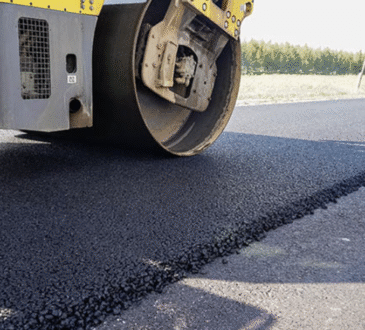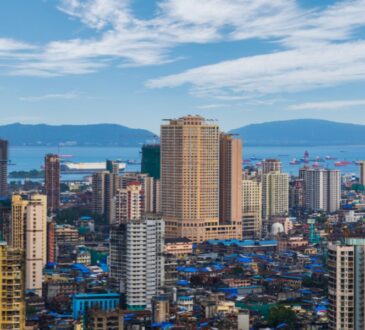
It is not just a matter of sowing some flowers and cutting grass in the yard. It involves creative and technological human interventions in an outdoor environment to produce an attractive space. Landscaping of property- whether residential or commercial- is essential not only in beautification but also in the functionality and environmental quality of the property. This article tries to define landscaping and explains how it is useful, especially in the fertilization process of improving soil and plant health.
What is Landscaping?
In short, landscaping can be described as an activity that involves the modification of an already existing design, vegetation, and features of an outdoor area for beautification and usability purposes. They can vary from the presentation of such areas as garden design which concerns chosen and arranged plants to structural elements like paths or ponds and walls. The process may include grading, and terracing, which mainly involve earth manipulation to create an environment suitable for certain kinds of plants and usage.
Landscape Gardening and the Fertilization Process
Fertilization is one of the less-discussed but equally essential ways through which landscaping can be of help and importance. The key to the right fertilization of plants is healthy soil, which can be naturally strengthened by certain property landscaping methods. Soil health will lead to better nutrient uptake, less incidence of plant diseases, and improved crop growth and development together with increased and improved yield.
Fertilizing is a form of manuring that involves the application of nutrients to the soil intended for the enhancement of the healthy growth of the garden plants as well as the lawn. It covers the soil’s lacking macronutrients and supplies micronutrients needed by the plant. The combination of the land fertilization and designing process can be highly beneficial if done with care. Here’s how landscaping supports effective fertilization:
- Soil Improvement: Soil modification or improvement can be done through the application of landscaping practices like mulching, watering, and organic compost. Nutritiously and appropriately structured soil ensures good root growths and effective water retainments which are important for fertilization processes.
- Plant Selection: In selecting the plants that are used one has to find something that can grow with the climate and the soil in that region therefore less artificial fertilization has to be done. In most cases, they do not need a lot of nutrients from the external ecosystem because they grow in the atmosphere they thrive in.
- Strategic Plant Placement: The attributes also make it easier for the landscapers to group the plants that have similar nutrient requirements for fertilization purposes. This method eliminates the problem of over-application of fertilizers that results in run-offs and leads to pollution.
Environmental and Economic Benefits
Moreover, landscape maintenance with the use of an integrated fertilization approach in addition to enhancing plant health and production has numerous indirect positive environmental impacts. It alleviates the requirement for chemical application, minimizes soil loss and related water pollution, and increases biodiversity as it offers a natural environment for different wildlife species.
Financially, there is added property value and the ability to cut down on maintenance expenses by investing in quality landscaping with more attention to practices that involve the use of sustainable fertilization. Landscape maintenance services coupled with proper fertilization techniques also translate to minimal repairs and enhancement frequency over the long term; this translates into cost savings for the property owner as well as increased asset value and the property’s market worth.




